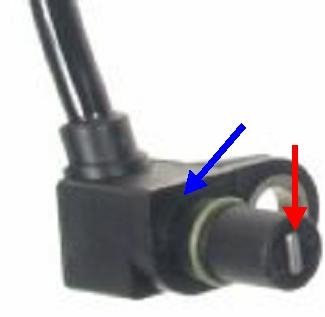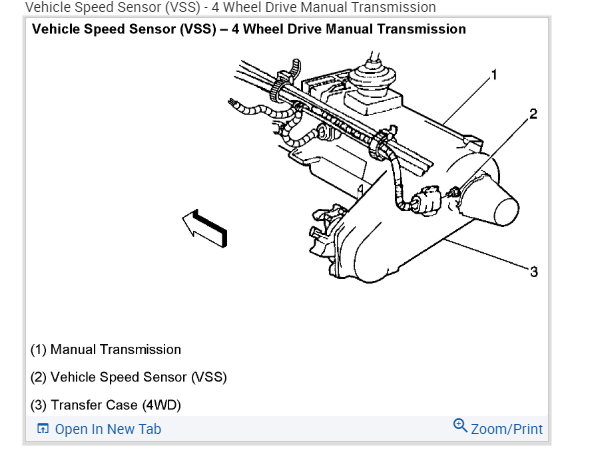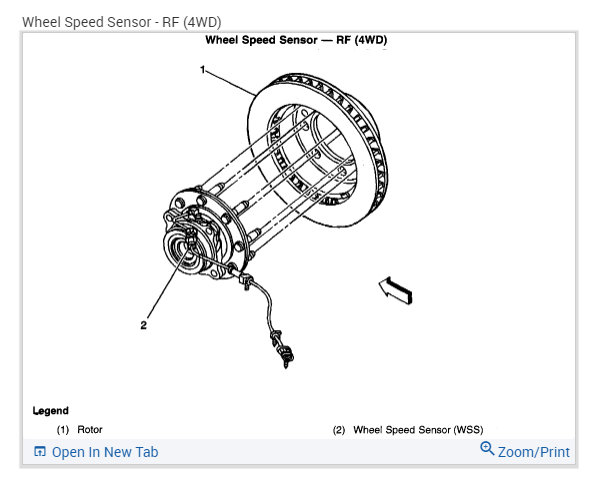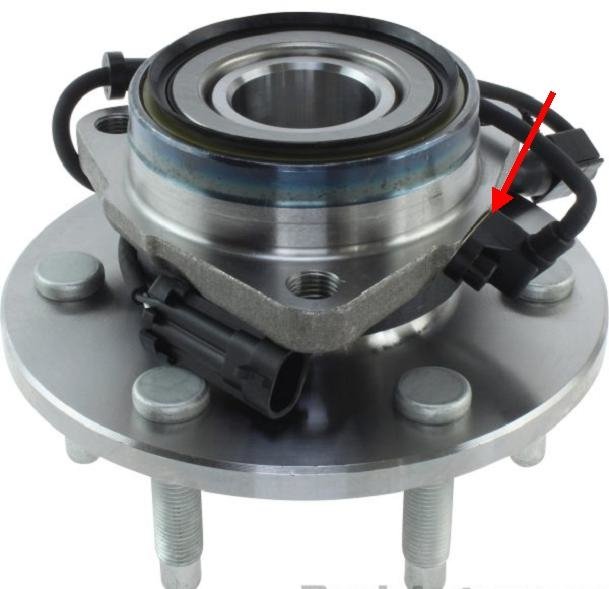First lets start with the basics. Be sure the rear shoes toward the front have the shorter linings and the rear shoes toward the rear have the longer linings. Next, if there was any grease or other contaminants on the linings or drums, that has to be washed off with brake parts cleaner before they go through the first heat cycle. Once the drums and linings get hot from normal braking, those contaminants seep into the linings and the drums or rotors, which are porous, and will never come out. That will cause chattering, and the only way to solve it at that point is to replace the linings and drums.
Check out this video to help get the codes
https://youtu.be/rTtAnsOlZU4
and
https://youtu.be/Pb6nXV-iamI
It sounds like your parking brake system is working okay, but nevertheless, look at the tops of all four shoe frames and be sure they're hitting the large anchor pins at the top of the backing plates. If they aren't touching that pin, the parking brake is partially applied due to a sticking cable. Next, use your thumb to push the parking brake strut bar forward against the pressure of the anti-rattle spring. That bar should have a good 1/8" of free play. If it is tight, the parking brake is stuck partially-applied. That will cause that brake to grab and possibly lock up under light brake pedal pressure.
New linings can be bonded slightly off-center relative to the old ones. That will cause them to ride on the ridge of rust near the outer edge of the drums or on the rust on the inner edge. We cut that rust off when we machine drums for reuse. You would assume that isn't a problem when you install new drums, but it's not uncommon for those to be warped a little. A light machining will take care of that. If they're egg-shaped, you'll get a pulsing brake pedal and a sensation of stopping, then not stopping, twice per wheel revolution. You won't feel that in the steering wheel.
You aren't going to bend a rear axle, but it's easy to get the same feeling if there's debris stuck between the flange and drum. This is common on front rotors that slide onto the bearing assembly. There are access holes in those flanges, and water sprays through them and forms rust spots on the backside of the rotors and drums. Those rust spots have to be scraped off before the part is mounted on the brake lathe, otherwise a warp will be machined into it. If the part isn't machined, it can be installed in a different orientation than it was before, and that puts that rust spot in between the flange and drum. You'll see that by watching the wheel as it rotates while you run the vehicle in gear and raised off the ground. We use a dial indicator to measure "lateral run out" at the wheel's lip where the weights go. .045" run out is excessive and is enough to cause a noticeable vibration, but if there's rust or other debris stuck on the mounting flange, you'll find a lot more run out than that.
Another common cause of warped parts is failure to use a click-type torque wrench when tightening the lug nuts. Guessing leaves the nuts tightened to different amounts with uneven clamping forces. One heat cycle or one splash of rain water on a hot rotor or drum will cause warping. This was never a problem up to the '70s, but it's real important on light front-wheel-drive cars and any other vehicles that have slide-on rotors.
I like to put new drums and rotors on the brake lathe and give them a light cut. Every once in a while we run into a part that was handled roughly in shipping, but another issue to be aware of is with Chinese parts. There is nothing wrong with their quality, but when we make parts out of cast iron, we set them aside to age for 90 days before they get their final machining. The Chinese cast 'em, pack 'em, and ship 'em, then they age on your vehicle. It's common for them to warp a little after a few months. One light machining will take care of that when it occurs.
It's important to use high-temperature brake grease on the six "lands" on each backing plate that the shoes ride on. This is especially important on GM vehicles because they are one of the few that don't have little tabs bent over to form a sliding surface. They just let the edge of the shoe frames grind on those lands, and before long grooves form in them. Those grooves can cause a shoe to catch and not apply under light pedal pressure, and in some cases, not release immediately. That usually shows up when new shoes are installed since the linings are thicker than on those that were removed, so the shoes are readjusted to accommodate that. That sets the shoe frames in a different location relative to those grooves.
Wednesday, September 9th, 2015 AT 12:44 AM




